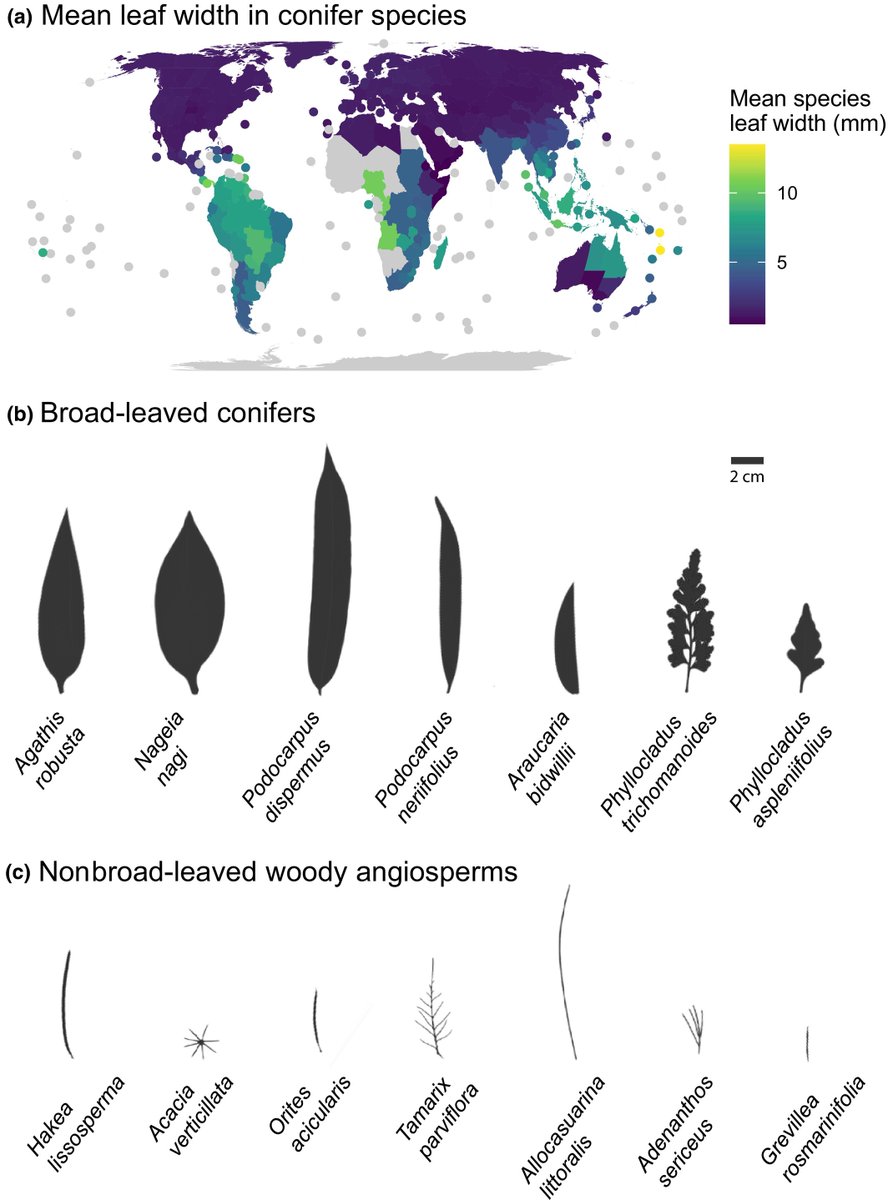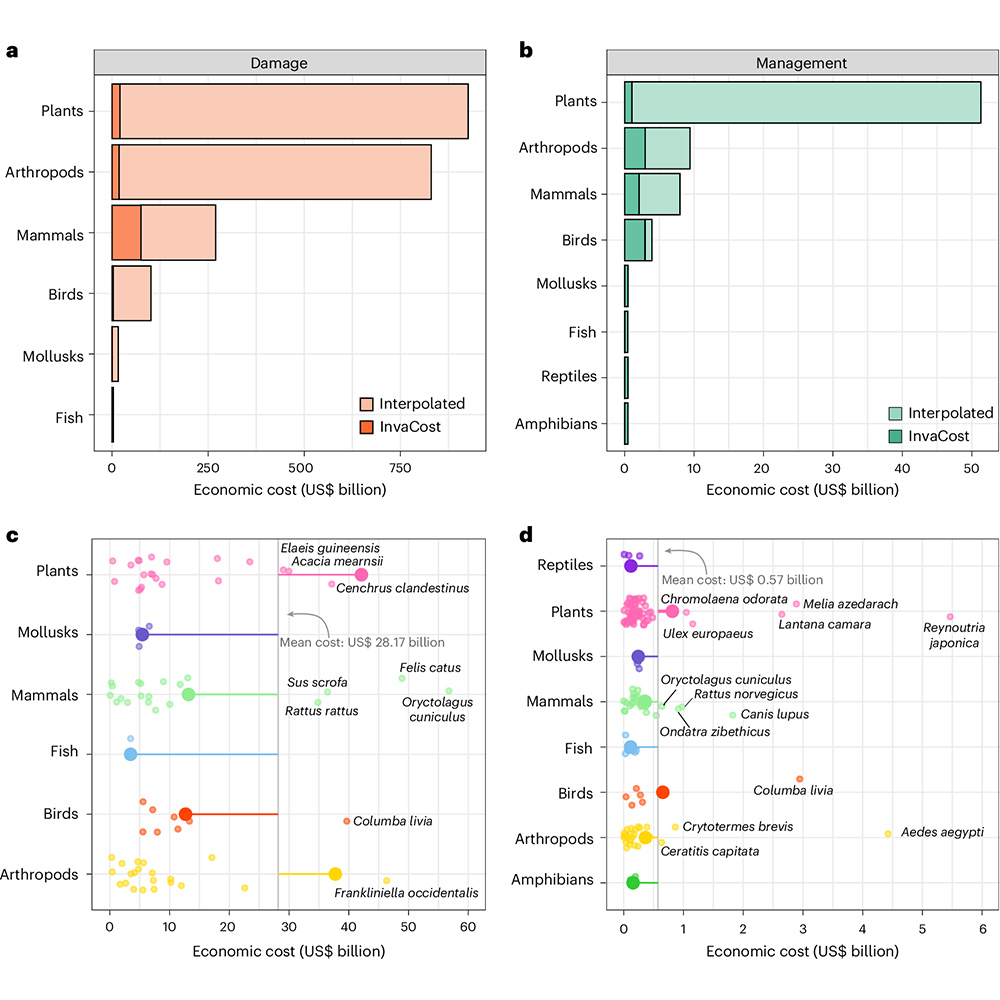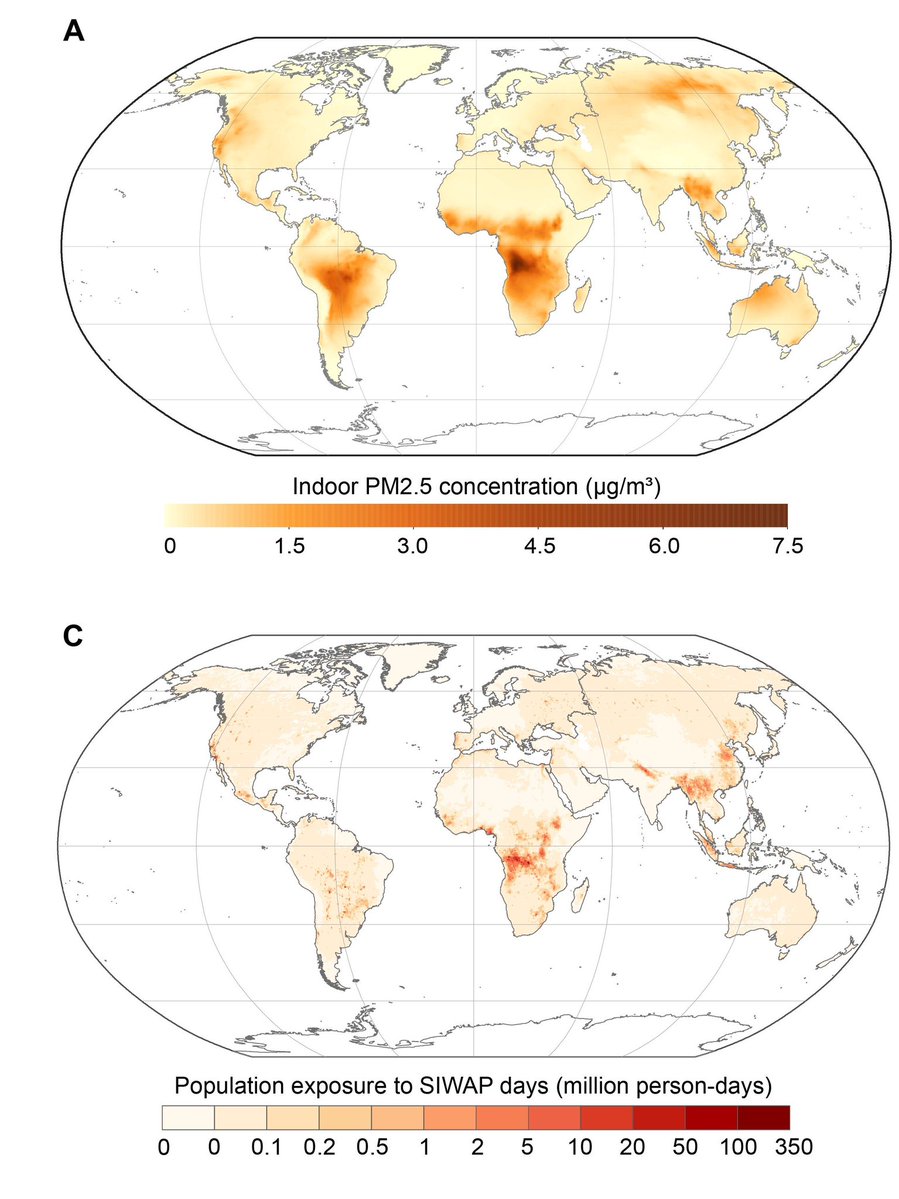
Emilio Vilanova 🌳
@evilanova
🇻🇪 Venezuelan | Senior Program Officer - Improved Forest Management (IFM) @VerraStandards. Tweets, views, and opinions are my own en English & Español
ID: 165186954
https://emiliovilanova.com/ 10-07-2010 21:29:13
6,6K Tweet
1,1K Followers
2,2K Following



The false conifer vs broad-leaf dichotomy has implications for research and modelling Johnson et al. Dr. Kate Johnson Helena Vallicrosa Dr. Matilda Brown Katya Bandow (🦋 @botanykat) CREAF WSL Umweltforschung @wslresearch.bsky.social EPFL @KewScience University of Tasmania Sciences and Engineering at University of Tasmania ARC Centre of Excellence for Plant Success 📖 nph.onlinelibrary.wiley.com/doi/10.1111/np…


With ever more forest satellites in the sky, scientists on the ground are needed more than ever, especially in tropical forests! Our work with Group on Earth Observations ESA Earth Observation ESA Science and partners world-wide. esa.int/Applications/O…




New by Andrea Thompson on National Weather Service cuts & expanding fallout. We're headed into life-threatening territory, & you don't have to take my word for it: consider the joint statement by former NWS directors (of various political affiliations). scientificamerican.com/article/how-tr…

Curso de posgrado en la EPG-UBA👇 dictado por gente que sabe 😎, Javier E. Gyenge y Roberto_J_Fernandez





From 2003 to 2022, more than a billion people worldwide experienced significant indoor exposure to wildfire-based fine particulate matter at least one day per year, new Science Advances research estimates. scim.ag/44Ej1A3




The global economic cost of invasive species may be more than 1,600% higher for certain species than previously thought, according to research in NatureEcoEvo. go.nature.com/4kenGOd




From 2003 to 2022, more than a billion people worldwide experienced significant indoor exposure to wildfire-based fine particulate matter at least one day per year, new Science Advances research estimates. scim.ag/44Ej1A3


Northern hemisphere forests have shifted from carbon sinks to carbon emitters since 2016, losing carbon equal to emissions from 160 million cars annually. Scientists from the ESA Climate Initiative's RECCAP-2 project used European Space Agency's SMOS satellite data to track this alarming shift






